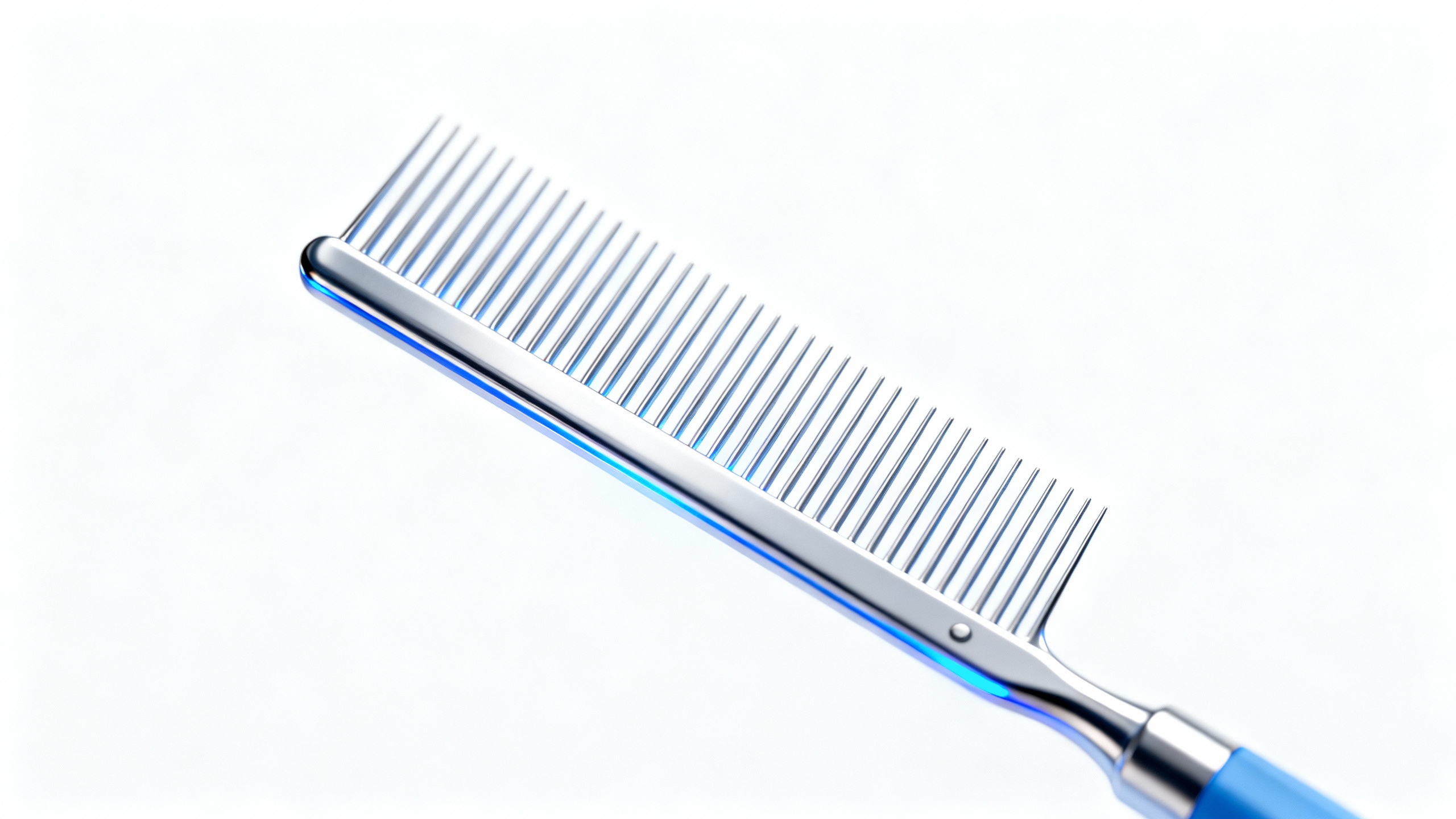Published 28 August 2024
Effective Lice Treatment Options for Complete Eradication

Understanding Lice Infestation Treatment
Head lice infestation affects millions of people annually, causing intense itching and discomfort. Finding the right treatment is crucial for effective eradication and preventing reinfestation. Modern treatments offer various approaches, from over-the-counter solutions to prescription-strength medications.
Successful lice treatment requires understanding the life cycle of lice and choosing appropriate products that target both live lice and their eggs (nits). The right treatment approach depends on factors such as age, severity of infestation, and previous treatment history.
Over-the-Counter Treatment Solutions
Permethrin-Based Shampoos
Permethrin 1% lotion is one of the most commonly used over-the-counter treatments for head lice. This synthetic pyrethroid works by paralyzing and killing lice. Apply the treatment to dry hair, leave for 10 minutes, then rinse thoroughly. A second application 7-10 days later ensures any newly hatched lice are eliminated.
Pyrethrin Treatments
Natural pyrethrin extracts, derived from chrysanthemum flowers, offer another effective option. These treatments are often combined with piperonyl butoxide to enhance effectiveness. Apply to damp hair, wait 10 minutes, and rinse. Repeat treatment after one week to catch any lice that hatched from surviving eggs.
Dimethicone-Based Products
Dimethicone works by coating lice and suffocating them rather than using pesticides. This physical approach means lice cannot develop resistance. Apply generously to dry hair, leave for 8 hours or overnight, then wash out. Two treatments one week apart are recommended for complete eradication.
Prescription-Strength Treatments
Malathion Lotion
For stubborn infestations or cases resistant to over-the-counter treatments, malathion 0.5% lotion provides a powerful solution. Apply to dry hair, allow to air dry naturally, then shampoo after 8-12 hours. The treatment kills both lice and eggs. Use only as prescribed by a healthcare provider due to its potency.
Ivermectin Lotion
Ivermectin represents a newer approach to lice treatment. Applied to dry hair and rinsed after 10 minutes, this prescription medication requires only a single application in most cases. It's particularly useful for treatment-resistant lice and can be more convenient than traditional two-application regimens.
Spinosad Suspension
Spinosad combines effectiveness with convenience, requiring just one 10-minute application to dry hair. This prescription treatment kills lice and eggs through a unique mechanism that affects the insect's nervous system. Clinical studies show high success rates with a single treatment.
Essential Combing Techniques
Regardless of which treatment you choose, proper combing with a fine-toothed nit comb is essential. Wet combing should be performed every 3-4 days for at least two weeks after treatment. Section hair carefully and comb from scalp to ends, wiping the comb on a white paper towel to check for removed lice and nits.
For best results, comb damp hair treated with conditioner, which makes it easier to slide the comb through and stuns lice temporarily. This mechanical removal complements chemical treatments and helps ensure complete eradication.
Preventing Reinfestation
Environmental Cleaning
Wash all bedding, clothing, and fabric items used in the 48 hours before treatment in hot water (at least 130°F) and dry on high heat for 20 minutes. Items that cannot be washed should be sealed in plastic bags for two weeks or dry-cleaned.
Personal Item Management
Soak combs, brushes, and hair accessories in hot water (at least 130°F) for 10 minutes. Vacuum floors and furniture, particularly where the infested person sat or laid. While lice cannot survive long off the human head, these steps provide additional security against reinfestation.
Household Member Screening
Check all household members for lice and treat simultaneously if infested. This prevents the ping-pong effect where family members continuously reinfest each other. Close contacts and classmates should also be notified to check and treat if necessary.
Choosing the Right Treatment
The most effective treatment depends on individual circumstances. For first-time infestations in otherwise healthy individuals, over-the-counter permethrin or pyrethrin treatments often suffice. Consider prescription options if over-the-counter treatments fail after two applications, if the infestation is severe, or if there's a history of treatment resistance in your area.
Always follow product instructions precisely. Using too little product, not leaving it on long enough, or skipping the second application are common mistakes that lead to treatment failure. When in doubt, consult a healthcare provider for personalized treatment recommendations.